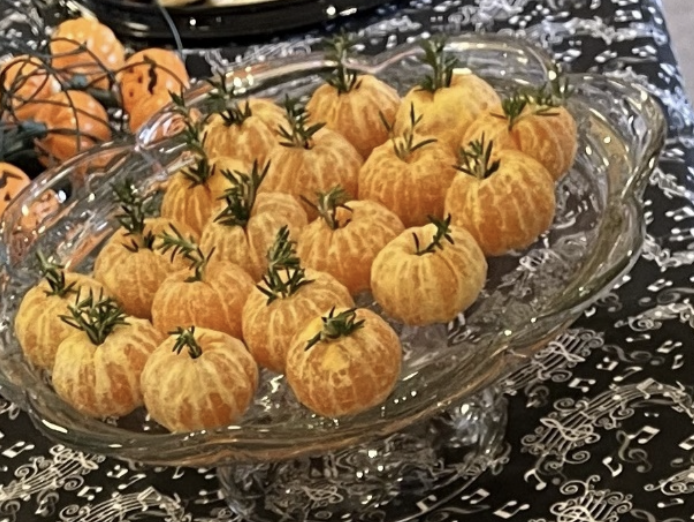Thanksgiving is such a wonderful celebration of family, friends, and community. It’s also a good time to think of making the holiday and your entertaining sustainable. Global food production accounts for 26% – 34% of greenhouse gas emissions and animal agriculture makes up more than half of that. We are not going to dwell on what turkey to buy – there are so many choices now. Some people are forgoing the turkey or switching to chicken.
Thanksgiving is a perfect time to add more plant-based dishes. Use your creativity and cooking skills to accommodate vegetarian, vegan and gluten-free diets for family members and friends who increasingly voice these preferences. We are lucky to live in Northern California where there are lots of options for local fruits and vegetables. Buying local produce not only tastes better and is more nutritious but also lowers the transport miles and emissions from farm to grocery store.
Traditional Thanksgiving side dishes are largely vegetarian and there are easy options for making and adding vegan or gluten-free recipes. The internet is full of great options. TreeHugger has a great Vegan Guide to Thanksgiving and there are lots of gluten-free sites like America’s Test Kitchen and The Wheatless Kitchen.
Roasting vegetables with olive oil and herbs is an easy strategy to satisfy every guest. “Three sisters” dishes made of beans, corn and squash are a wonderful homage to Native American culture. There are great gluten-free flours for baking. You can substitute vegan butter for butter, plant-based milks for milk, coconut cream for eggs and cream, make cashew whipped cream and cashew Parmesan cheese using nutritional yeast. Frozen puff pastry sheets are vegan (no real butter used in making them). Stuffing can be made from mushrooms, corn, lentils and other grains.
Avoid food waste. The average American household wastes about 32% of food purchases. Store or freeze leftovers in reusable containers or tin foil and encourage your guests to bring their own containers to take home leftovers. Anything else can be put in your green bin for recycling.
For decorations, try using reusable things or natural items, maybe from your own backyard. Use corn and gourds or fruit that has a dual purpose like a bowl of apples, persimmons, and pomegranates that your can eat later. Use your imagination — peeled tangerines with rosemary sprigs as seen in the photo above make a colorful centerpiece.
